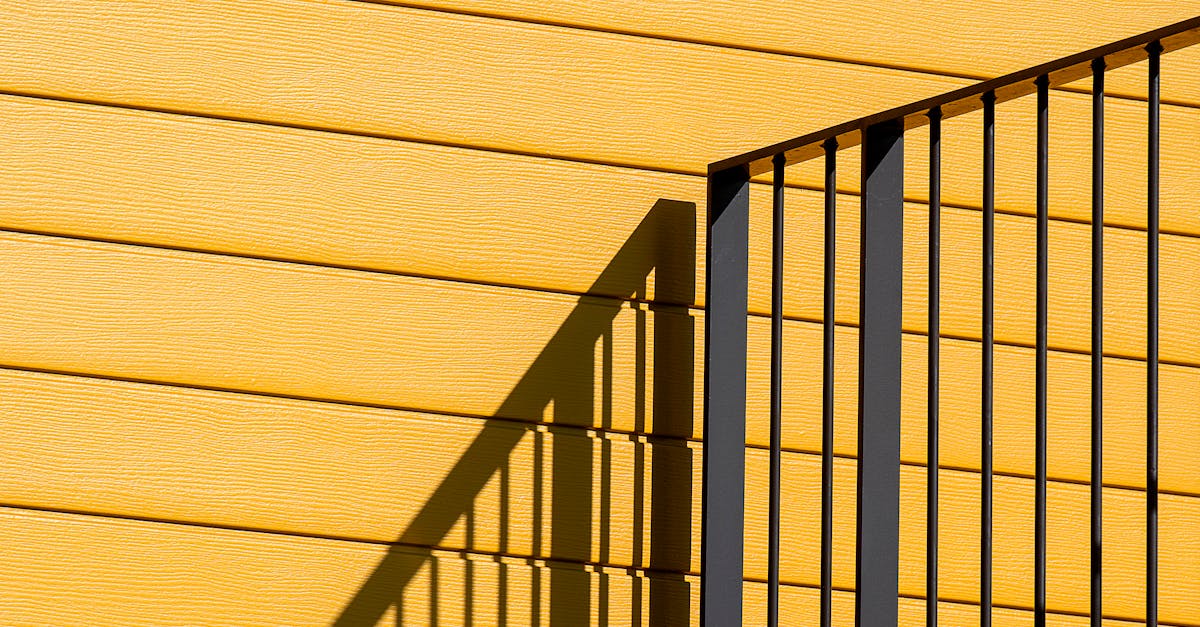
The Importance of Airtightness in Achieving Energy Efficiency in Passive Houses
Table Of Contents
ons in temperature and humidity can impact the performance of the airtight layer, necessitating regular inspections and maintenance to ensure its integrity. Proper training of construction teams and ongoing quality assurance measures are essential to overcome these challenges and uphold the airtightness of passive houses.
Strategies for Continuous Monitoring and Maintenance
In order to ensure the ongoing airtightness of a passive house, continuous monitoring and maintenance are essential. Regular checks should be conducted to identify any potential issues that may compromise the performance of the building envelope. This can involve using tools such as infrared cameras to detect air leaks and conducting blower door tests to measure the overall airtightness of the building.
Additionally, implementing a maintenance schedule that includes tasks such as resealing windows and doors, checking caulking and weather-stripping, and inspecting the ventilation system can help prevent air leakage over time. It is important for homeowners and building managers to stay proactive in addressing any issues that arise to maintain the energy efficiency of the passive house. By staying vigilant and addressing maintenance tasks promptly, the airtightness of the building can be upheld, leading to long-term energy savings and a healthier indoor environment.
Integrating Airtightness with Other Passive Design Elements
Airtightness is a fundamental aspect of passive house design that works synergistically with other key passive design elements to create a highly energy-efficient building. Integrating airtightness with elements such as insulation and ventilation systems is crucial in ensuring the overall performance and functionality of the passive house. By combining airtightness with insulation, the building envelope can effectively minimize heat loss and gain, leading to reduced energy consumption for heating and cooling.
Furthermore, integrating airtightness with ventilation systems allows for controlled air exchange, ensuring optimal indoor air quality while still maintaining high energy efficiency. Properly sealing the building envelope helps prevent air leakage, which can compromise the efficiency of the ventilation system. This integration of airtightness with ventilation systems not only enhances energy performance but also promotes a healthier and more comfortable indoor environment for occupants.
Synergies with Insulation and Ventilation Systems
Insulation and ventilation systems play crucial roles in ensuring the energy efficiency and comfort levels within a passive house. By integrating airtightness measures with high-quality insulation, the overall performance of the building envelope is significantly enhanced. Proper insulation helps in reducing heat loss or gain through walls, ceilings, and floors, while airtightness ensures that the conditioned air inside is not wasted due to leaks.
Furthermore, ventilation systems work hand in hand with airtightness to ensure a healthy indoor environment. Effective ventilation systems help in maintaining good air quality by regulating moisture levels and removing pollutants. When designed and installed correctly alongside airtightness measures, ventilation systems prevent issues such as condensation, mold growth, and poor indoor air quality, thus contributing to the overall sustainability and comfort of a passive house.
Airtightness Considerations for Retrofitting Existing Buildings
One effective way to enhance airtightness in existing buildings is by sealing gaps and cracks in the building envelope using appropriate materials such as weather-stripping, caulking, and sealants. Additionally, upgrading windows and doors to more airtight versions can significantly contribute to improving overall airtightness levels. By addressing these key areas, retrofitting projects can achieve higher energy efficiency and improved comfort levels for occupants.
Balancing Energy Efficiency with Building Envelope Upgrades
Upgrading the building envelope to enhance energy efficiency is a crucial consideration for both new construction and existing buildings undergoing retrofitting. Achieving a balance between improving energy performance and maintaining cost-effectiveness is a primary goal in these endeavours. The integration of airtightness measures with insulation and ventilation systems plays a pivotal role in optimising the overall energy efficiency of a structure.
By carefully coordinating and fine-tuning these elements, building owners and designers can create a synergistic effect that maximises the performance of the building envelope. Addressing airtightness in conjunction with insulation and ventilation systems helps prevent thermal bridging and air leakage, ultimately resulting in a more comfortable indoor environment and reduced energy consumption. Maintenance of this delicate equilibrium is key to ensuring that energy efficiency upgrades provide long-term benefits and contribute to sustainability goals.
FAQS
Why is airtightness important in achieving energy efficiency in passive houses?
Homeowners can overcome challenges in maintaining airtightness by using high-quality building materials, proper insulation, and regular air leakage testing to identify and address any potential leaks.
What are some strategies for continuous monitoring and maintenance of airtightness in passive houses?
Strategies for continuous monitoring and maintenance include conducting regular blower door tests, inspecting seals around windows and doors, and using thermal imaging to detect any air leakage points.
How can airtightness be effectively integrated with other passive design elements in a house?
Airtightness can be integrated with other passive design elements such as insulation and ventilation systems to create a holistic approach to energy efficiency, ensuring optimal performance of the passive house.
What considerations should be kept in mind when retrofitting existing buildings to improve airtightness?
When retrofitting existing buildings for improved airtightness, it is important to balance energy efficiency goals with building envelope upgrades to ensure airtightness without compromising the structural integrity of the building.
Passive House and Renewable Energy Integration for Environmental Sustainability